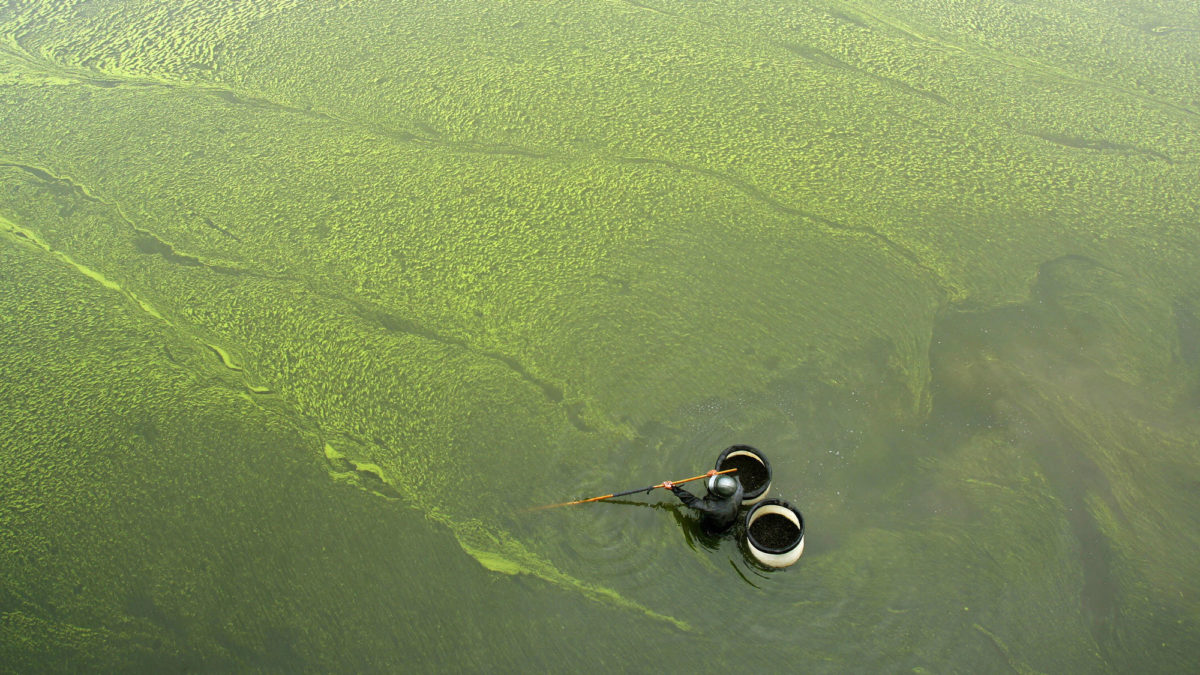Jon and I spent all day joking about the nasty “invasive mergansers” – sometimes very unpleasant things stay with you for a while. Luckily for us, this morning provides an antidote. Written by in the glossy magazine “Anthropocene”. Don’t you wonder what the stats would say about our single family of beavers?
The tremendous benefits provided by just one beaver family
People already know that beavers are keystone species whose activities shape landscapes in broadly beneficial ways. If such descriptions sound a bit abstract, though, consider the observations of scientists who followed the activities of a single beaver pair living in the British countryside.
 In a study published in the journal Earth Surface Processes and Landforms, researchers led by hydrologist Richard Brazier of the University of Exeter describe their measurements of sediment composition and water quality in ponds built by the beavers, who were released in 2011 as part of a species reintroduction effort. Beavers were extirpated from the British Isles about 400 years ago.
In a study published in the journal Earth Surface Processes and Landforms, researchers led by hydrologist Richard Brazier of the University of Exeter describe their measurements of sediment composition and water quality in ponds built by the beavers, who were released in 2011 as part of a species reintroduction effort. Beavers were extirpated from the British Isles about 400 years ago.
The beavers’ enclosure, roughly the size of three (American) football fields and situated on a stream below a farm, originally contained one small pond. Since their arrival the beavers have built 12 more ponds. Their enclosure is now a wetland mosaic regulated by dams and canals, and the ponds are slowly filling with sediment — 101 tons of it to date, estimate Brazier’s team.
Remind me to send Dr. Brazier a thank you note. His careful research has produced such helpful results that actually benefit from the extirpation of beaver for 400 years. Come to think of it, maybe I should send a thank you note to the entire United Kingdom, since there “should we or shouldn’t we” drama has helped move the beaver conversation forward in so many ways.

Some of that sediment was generated by the beavers’ own digging. The vast majority, though, is eroded soil from the adjacent farmland. Altogether the sediments contain 16 tons of carbon — representing, were every last ounce of it sequestered permanently, the average yearly carbon emissions of six British citizens.
Carbon aside, the beavers’ wetlands also filtered out one ton of nitrogen, which becomes a pollutant when released at high concentrations into riversheds, and prevented that eroded soil from becoming lost. A 2009 report estimated that agricultural soil erosion in the United Kingdom annually costs £45 million — $60 million in U.S. dollars — in damage. Beavers might offset that, suggest Brazier and colleagues, adding yet another line to the flood-controlling, biodiversity-promoting, recreation-enhancing ledger of their services.
Given the accomplishments of just one pair observed by Brazier’s team, the landscape-scale possibilities are enormous. Beavers can “deliver significant geomorphic modifications and result in changes to nutrient and sediment fluxes,” write the researchers, “limiting negative downstream impact” of agricultural pollution. To put it another way: beavers could help clean up our messes. The same applies to the rest of Eurasia, where beavers were eradicated from much of their historical range, and also North America, where their populations are now perhaps one-tenth of pre-colonial levels.
Nice work Brandan! That’s one fine summary of some very delicious research. What a great way to start the day off right. Not only can beavers fix what ails us, they can do so cheaply and efficiently on a massive scale. You would think everyone would be fighting over who gets them first, like the last Elmo doll at a Christmas sale.
Now if you haven’t already, and you live in California, go vote! Be careful of that jungle primary too.










































